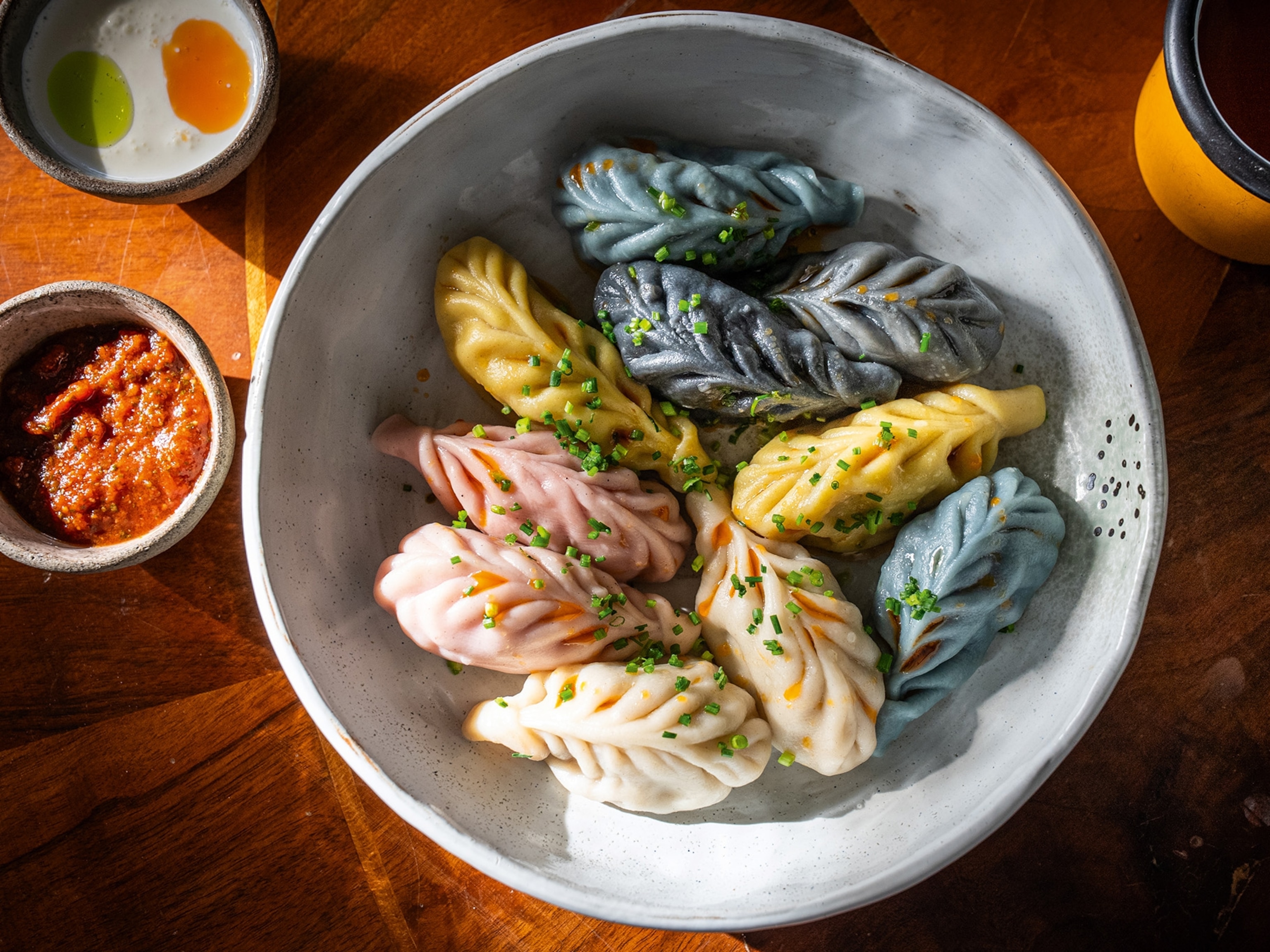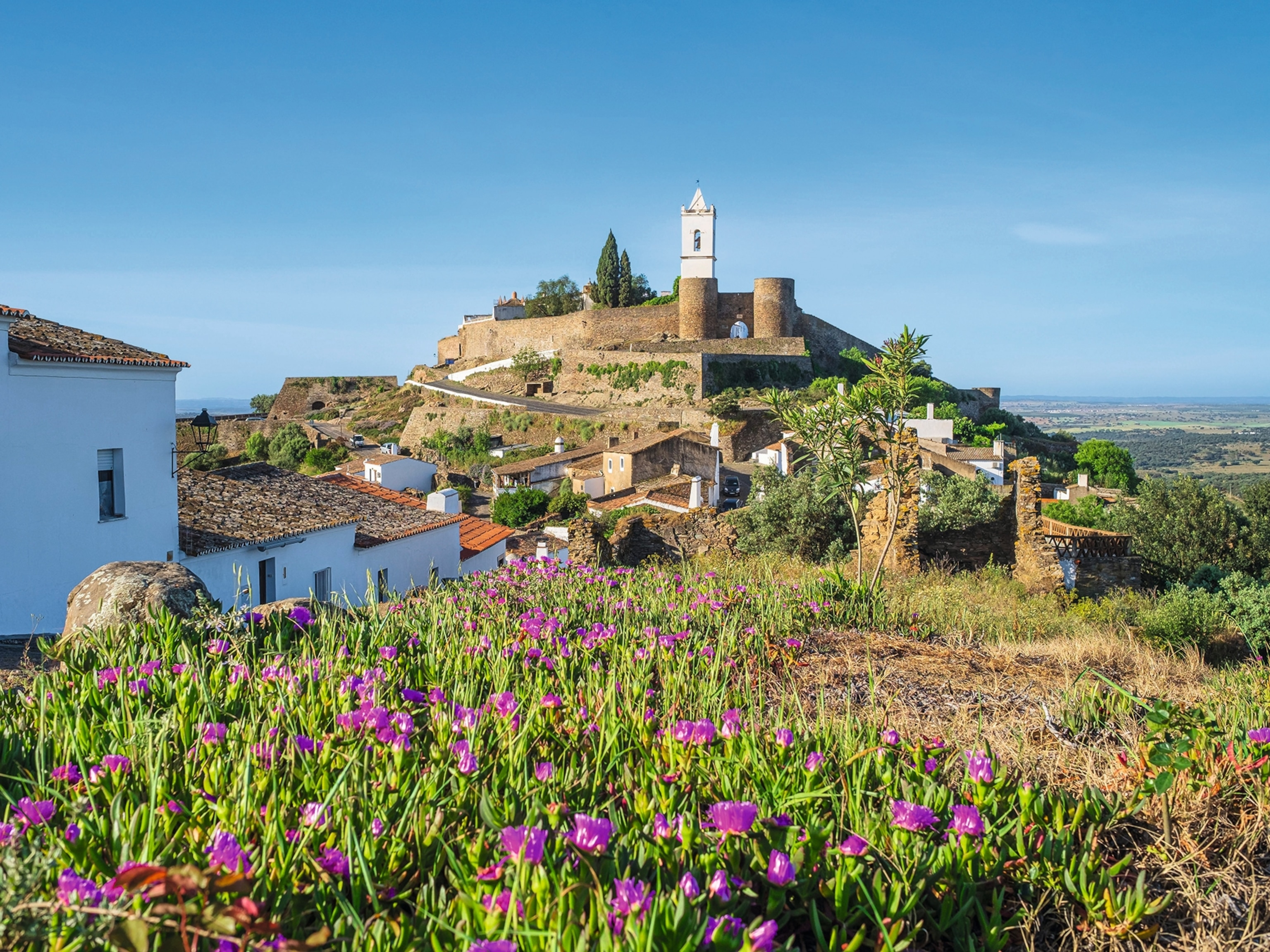
A year-round foraging calendar: what to pick and where in the UK
The UK is a nutrient-packed treasure trove of wild food, from fruits and flowers to greens and mushrooms. There’s something to forage throughout the year, so here’s a taste of what to expect before you head outside.
There are few better ways to immerse yourself in the great outdoors than to forage, which, when done responsibly, offers a unique chance to connect with nature. Popularised by a number of top chefs, it’s a practice that’s seen a huge surge in interest in recent years, in line with a greater focus on both what we eat and where it comes from. But it also taps into a deeper human curiosity that dates back to our hunter-gatherer ancestors.
Thanks to our variable climate and rich variety of ecosystems, the UK offers ample opportunity to source your own food in the wild throughout the year. From blackberries and beech nuts to wild garlic and wild strawberries, here’s a taste of what to expect and when to find it.
July
From wild strawberries to chanterelles, this time of year offers a wealth of wild treats. The sweet scent taste of yarrow leaves makes them a popular choice for desserts and drinks, while borage, with its blue, star-shaped flowers, is everywhere and makes a nice — and, in fact, traditional — addition to a pitcher of Pimm’s. Gorse grows along our coast all year and is particularly abundant now. Taking care to avoid the thorns, pick the distinctive yellow flowers with their coconutty aroma.
August
Summer is now in full swing, and the countryside is brimming with edible plants. It’s now you can find an array of wild fruit, including cherries, raspberries and damsons. Ceps are highly prized in the culinary world and can be found growing in forests from late summer. Tart crab apples begin to ripen, and their high pectin content makes them ideal for preserves. The similarly bitter rowan berries are also brilliant for jellies and liqueurs; they grow in bright red clumps in their namesake tree.
September
Rose hips should be ready for picking — they’re full of vitamins and can be used for everything from syrups and tea to jam and brandy. Elderberries are well worth seeking out, too; their purple-red colour and bittersweet taste make them a delicious addition to desserts. Blackthorn berries are usually ripe enough by the end of the month (it’s these that are used for sloe gin). But the most popular pick is surely the blackberry, a traditional favourite at this time of year.Try and pick berries from the tops of brambles rather than the bottom, where a dog may have answered nature’s call (this rule goes for most wild plants).

October
While summer bears fruit and berries, it’s the autumn when you’ll be able to enjoy the rich variety of nuts growing in our woodlands. Hazelnuts, when fully ripe, drop from their husks, although they’re also edible when they’re fresh and green. Walnuts are ideal for pickling when they’re green, or are otherwise delicious once dried properly. Sweet chestnuts are synonymous with this time of year, too, and are usually roasted before eating to bring out their distinctive sweet taste. Keep an eye out for small, tasty beech nuts, too.
November
Plenty of fungi, including oyster mushrooms and winter chanterelles, will be appearing in woodlands, although it’s always safest to head out with a mushroom expert if you’re not sure. Medlars are in season at this time of year too, and hawthorn berries will be at their sweetest towards the beginning of the month. The tiny crimson fruits are good for making liqueurs and jellies.
December
The pickings are decidedly sparse as winter sets in, although one highlight is the lurid purple wood blewit mushroom, which can be picked until February. Head to the coast, as this is also a good time of year for seafood, including clams, mussels and mackerel — but be sure to fish in the cleanest waters possible (Blue Flag beaches are best).

January and February
While not the most bountiful time of year, there are still a few greens to be found in the wild. Hairy bittercress grows all year and it’s now you’ll also find chickweed growing very close to the ground in rich soils, including garden lawns. The small, heart-shaped leaves have a fresh, crisp texture that peps up any salad.
March
Found mainly in coastal areas, Alexanders is easily identifiable and abundant in spring. All parts are edible — it has a taste that’s somewhere between parsley and celery. Burdock root is best dug at this time of year and is known for its medicinal qualities, while earthy morel mushrooms will start to come into season. Violets also start to bloom towards the end of the month; the flowers make pretty additions to salads and desserts.
April
Early spring is peak nettle season — harvest them sooner rather than later (with good gloves), picking only the top few leaves. Wild garlic (also known as ramsons or bear garlic) is another popular pick, springing up in moist soils in woodland, hedgerows and alongside rivers and streams for a few weeks. It’s easily identifiable by that intense garlicky scent and it makes a tasty alternative to spinach, so try it in pasta, salads and pesto. You can also pick young birch leaves, too, whose serrated, nutrient-rich leaves make restorative tea.
May
Cow parsley blossoms around now, as does its doppelgänger, elderflower. The latter has upward-pointing sprays of creamy white flowers and tends to bloom towards the end of the month. Its delicate, unique scent is excellent for making cordial and flavouring vodka. Sorrel also begins to appear; its medicinal properties and citrusy flavour have made it a favourite for foragers since antiquity. Look out for the peppery cuckooflower, too, which grows along damp verges and ditches.
June
It’s all about the flowers as summer arrives. Sweet honeysuckle is common in woodlands (although the berries are toxic) and bright purple mallow flowers also begin to bloom; their taste is mild, but they add a pop of colour to the plate. Don’t overlook dandelions either as their season peaks — full of nutritional value, you can eat the whole flower from the yellow petals right down to the root. Rose petals, including those from dog roses — which grow profusely in hedgerows — have myriad uses, too.
Follow us on social media
Facebook | Instagram | Twitter







